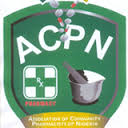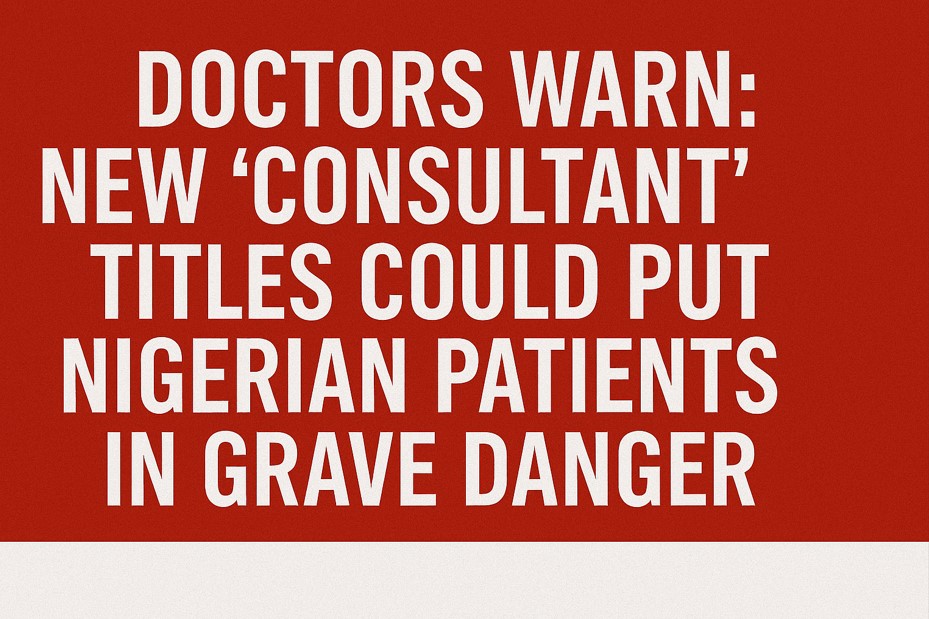In Professor Wole Soyinka’s play titled “The Lion and the Jewel”, the king or lion was able to win Sidi the village jewel as his wife. The village school teacher lost to the king. The king a much older man with multiple wives through his prowess won the heart of Sidi the village jewel. Lakunle, a much younger man, already exposed to city life lost the contest to win the most delectable spinster in the town of Ilujinle. Although the Nobellaureate’s play was first performed in 1959, similarities in the play echoes in the 2020 race to bring COVID-19 vaccine to the world. Reading through news reports or listening to the news media, one cannot help but notice phrases that signify that the production of a COVID-19 vaccine has turned fiercely competitive.
We have been inundated with phrases such as “global race to achieve vaccine production”, “speed up vaccine trials”, “race to the top in vaccine development”, “exclusive rights to the vaccine”, “spy against competitors”, “first to get the vaccine approved would strike it rich” and many more. The postal address of the leading German biotech firm in the quest for a COVID-19 vaccine is “An der Goldgrube 12”. The literal translation is “At the Goldmine 12”, leading some to suggest that the company would strike a goldmine if it succeeds in its mission. The shares of some pharmaceutical companies involved in COVID-19 vaccine development has gone up.
It is not surprising that China and Russia have both been accused by USA, UK and Canada of attempts to hack into their vaccine research laboratories, accusations that both countries have lackadaisically denied. China and Russia are not the only countries that have been accused of spying. Iran was recently detected as another country interested in spying on vaccine research of other countries. In normal times, Pre-COVID-19, intelligence agencies like the North Atlantic Treaty Organisation (NATO) intelligence would normally scout around for impending terrorist attacks but in the vaccine race, intelligence agencies of different countries find themselves expanding on their services by policing against vaccine espionage.
Why are countries trying to steal data on vaccine research from other countries? Could the race by some countries to produce a vaccine not just be about producing a panacea for the disease but also a show of prowess by the country that first produces the vaccine? The vaccine has become a jewel of value and in a race against time, the country to get its vaccine approved will have achieved the enviable prowess of being the first. The perks also come with financial gain. The apparent competitiveness in vaccine production against COVID-19 casts a shadow on the safety and application of standard methods in the production of the vaccine that would eventually be produced. History has taught us that when proper standards are not adhered to, the consequences can be life-changing and even become fatal as it happened in April 1955.
In what became known as the Cutter incident, two hundred thousand children had received the Salk polio vaccine; 40,000 became infected, 200 were paralyzed and 10 died. The process of inactivating the live Salk polio vaccine with formaldehyde had been defective. The Cutter laboratories in California had failed in the manufacturing and inspection process to identify defective Salk polio vaccines. Even if the Cutter laboratories had failed in their quality testing, the government’s own vaccine regulatory body had also failed by not detecting it.
The names given by some of these vaccine projects is also suspect in the exacerbated rivalry in the global vaccine race. The USA named its vaccine project Operation Warp Speed while Russia named its vaccine Sputnik V, an apparent jab at the USA, reminiscent of the cold war race to be the first to reach space. Russia succeeded in reaching space with Sputnik 1. Sputnik 1 was the name of the first satellite launched into space in 1957 temporarily halting the space race between USA and Russia. The USA did not achieve another first in the space-moon race until12 years later when Neil Armstrong became the first human to land on the moon. While these two superpowers had time in years to compete against each other in the space-moon race, the vaccine race is not giving them the luxury of several years. The COVID-19 vaccine race is more intense than the space-moon rivalry.
Many countries are afraid of a second wave with the flu season lurking round the corner compounding their uneasiness and fueling their determination to have a vaccine out by 2020 or 2021. While the leaders of two superpowers; Russia and USA are in pursuit of the only jewel in the race for a COVID-19 vaccine, female-headed countries have succeeded in having the lowest case fatalities in this human scourge. Recent research has shown that out of the 200 countries examined, 19 were led by women. Some of these countries; Germany, Taiwan, New Zealand, Denmark and Finland instituted lockdowns earlier, had fewer cases and fewer deaths. By the 4th of September, the USA had the highest number of COVID-19 cases in the world with over six million and Russia ranked fourth with over one million cases.
Apart from countries spying on one another in a race to be the first to achieve the COVID-19 vaccine milestone, most countries are in a covert race to cache vaccines for their own citizens. In the USA’s Operation Warp Speed, it hopes to deliver 300 vaccine doses to American citizens and will not partner with any Chinese firm. Not partnering with Chinese firms is rather myopic because the virus has been with them longer than the rest of the world and they even gave the world the genetic blueprint of the virus.
The genetic blueprint of the virus is what is being used all over the world to develop vaccines against COVID-19. If vaccines were only given to countries according to their Gross Domestic Product (GDP) only the rich nations would have access to vaccines. Twice during this pandemic, the Trump administration has tried to secure the first doses of potential vaccines exclusively for its citizens.
After a failed attempt to buy the German company Curevac so that it could obtain sole rights to the coronavirus vaccine, it tried unsuccessfully to secure the first doses of a vaccine by investing 30 million dollars in the French pharmaceutical company, Sanofi. Some countries can afford to buy access to vaccines leaving poor nations at risk. This oxygen mask approach by rich nations does not guarantee safety of everyone because the pandemic does not identify national barriers. Therefore, the global health watchdog aims to equitably deliver two billion doses of safe, effective vaccines to both high- and low-income countries. The costs of producing a vaccine can range from 150 million dollars if the researchers develop a vaccine that is safe and efficient, early in the process. If they have to keep going back to the drawing table, the costs of vaccine development become higher surpassing a billion dollars. The price of the vaccine is the final, negotiated price between the vaccine manufacturers and governments. The cost can be excessive in high-income countries but up to 400 percent lower in low-income countries.
Source: Guardian


